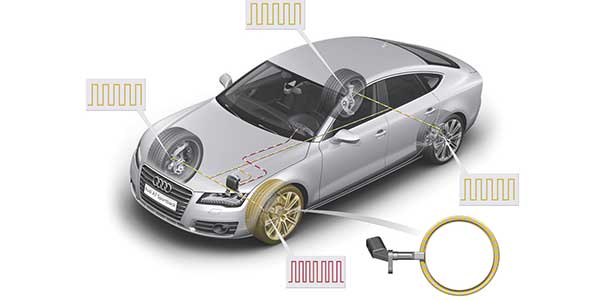Continental TPMS Training Specialist, Sean Lannoo, To Speak On TPMS At 2018 SEMA Show
Lannoo is a key contributor to Continental’s aftermarket TPMS program. He travels extensively to provide hands-on technical training at conferences and seminars across the country.
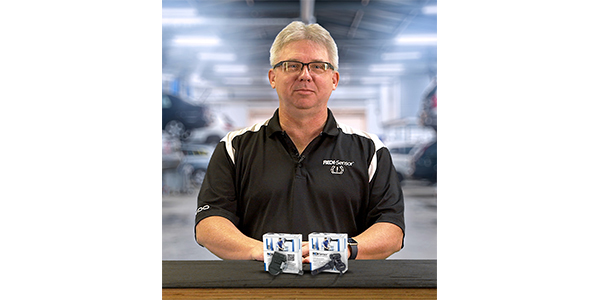
Understanding Hyundai TPMS
Hyundai started using TPMS in 2006 on the Hyundai Accent, Tucson and Veracruz. The carmaker equipped its other vehicles with TPMS starting in 2007. Hyundai has used several different suppliers for its TPMS systems, including Continental, Lear, Siemens and TRW. While each of these systems operate similarly, they do have slight variations. Make sure to check vehicle information and TSBs for specific variations.
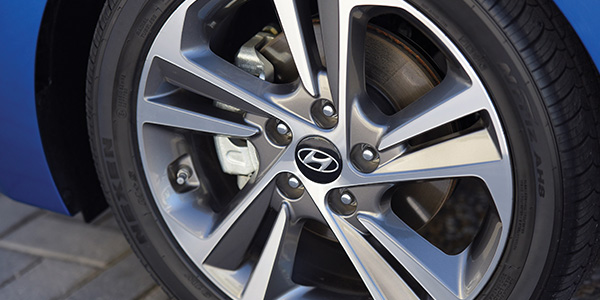
New Snap-on TPMS4 Tool Tests Sensors, Captures Data, Relearns TPMS
Snap-on introduced its new Tire Pressure Sensor System Tool Kit, a unique diagnostic tool that tests tire pressure monitoring sensors, captures sensor data and relearns tire pressure monitoring systems. An all-in-one tool for multiple vehicle applications, the TPMS4 features vehicle-specific prompts and reset procedures following tire rotation and sensor replacement. “The Snap-on TPMS4 quickly diagnoses
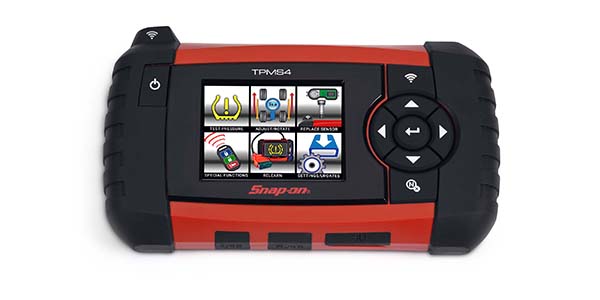
ATEQ TPMS Releases Sync-ID, Increasing OBD Relearn Coverage
ATEQ, a global provider of tire pressure monitoring system tools, announced the newest innovation in TPMS system relearn technology. ATEQ’s patented technology, called Sync-ID, will standardize the way TPMS sensor information is transmitted to the vehicle’s ECU, using a unique, OE-compliant OBD relearn procedure for all equipped light-vehicles, said the company. A TPMS relearn procedure
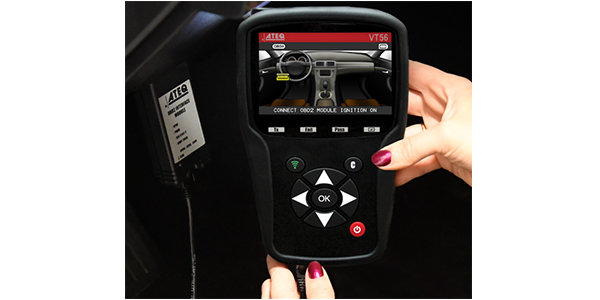
TPMS Diagnostics: MINI Applications
In 2004, MINI was one of the early adopters of tire pressure monitoring systems. This was driven by the lack of space for a spare tire and the use of run-flat tires. The TPMS system on these early models was intended to warn the driver of a tire with low pressure so they could reduce speed and find the nearest shop.

3 Simple Steps To Selling More TPMS
It is safe to assume that by the time your customer gets to your shop with a TPMS light on, they are already frustrated and stressed – frustrated that there is a warning light on their dashboard that they don’t recognize and stressed that they don’t know what it will cost or how long it will take to fix it. From the very first step into your shop, your team has a lot of damage control to do. Here are three small things your team can implement today to ensure a positive TPMS service experience that will equate to more TPMS sales.
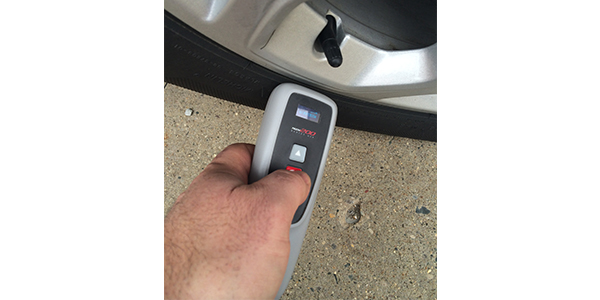
Strategy Of TPMS Diagnostics
The first step in any TPMS diagnostic strategy is to figure out whether or not your customer’s vehicle actually has a TPMS problem. Why? Simply put, there are a number of factors that can cause a TPMS warning light to illuminate or flash – and some are hard to uncover.
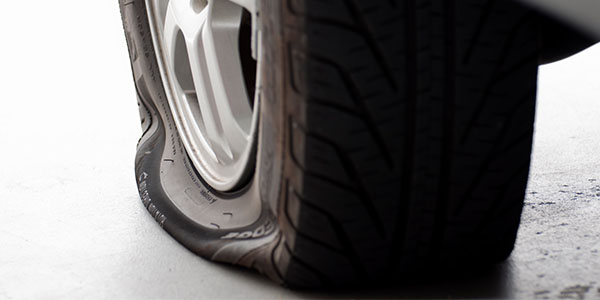
TPMS Service Kits: The Key To TPMS Maintenance
Anytime a tire is removed from the rim of a vehicle, a new TPMS kit must be installed. The existing sensor kit could be brand new or years old, but every tire removal should include the replacement of the TPMS sensor kit. Not replacing the kits could cause big problems with tire pressure and the vehicle’s TPMS if not properly serviced.

Educating Consumers On Tire Pressure And TPMS
Just as you service your customers’ TPMS sensors at the start of winter, you should also be inspecting them and talking to your customers about their sensors come springtime. Make sure you explain not only the benefits of TPMS sensors, but also the importance of the sensors and regularly checking their tire pressure.
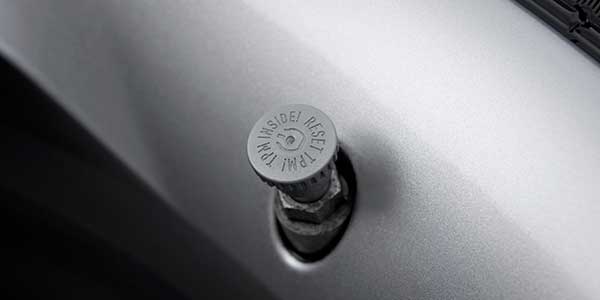
Audi TPMS Diagnostics
Audi Tire Pressure Monitoring Systems (TPMS) are some of the easiest to reset and relearn. The automaker has used both indirect and direct systems during the past decade. Both systems use the same relearn procedure that involves accessing the TPMS settings through the driver information center or infotainment system. The only difference between direct and indirect systems is the last step that may involve driving continuously for 10 minutes or allowing the vehicle to sit for either 10 or 20 minutes.
